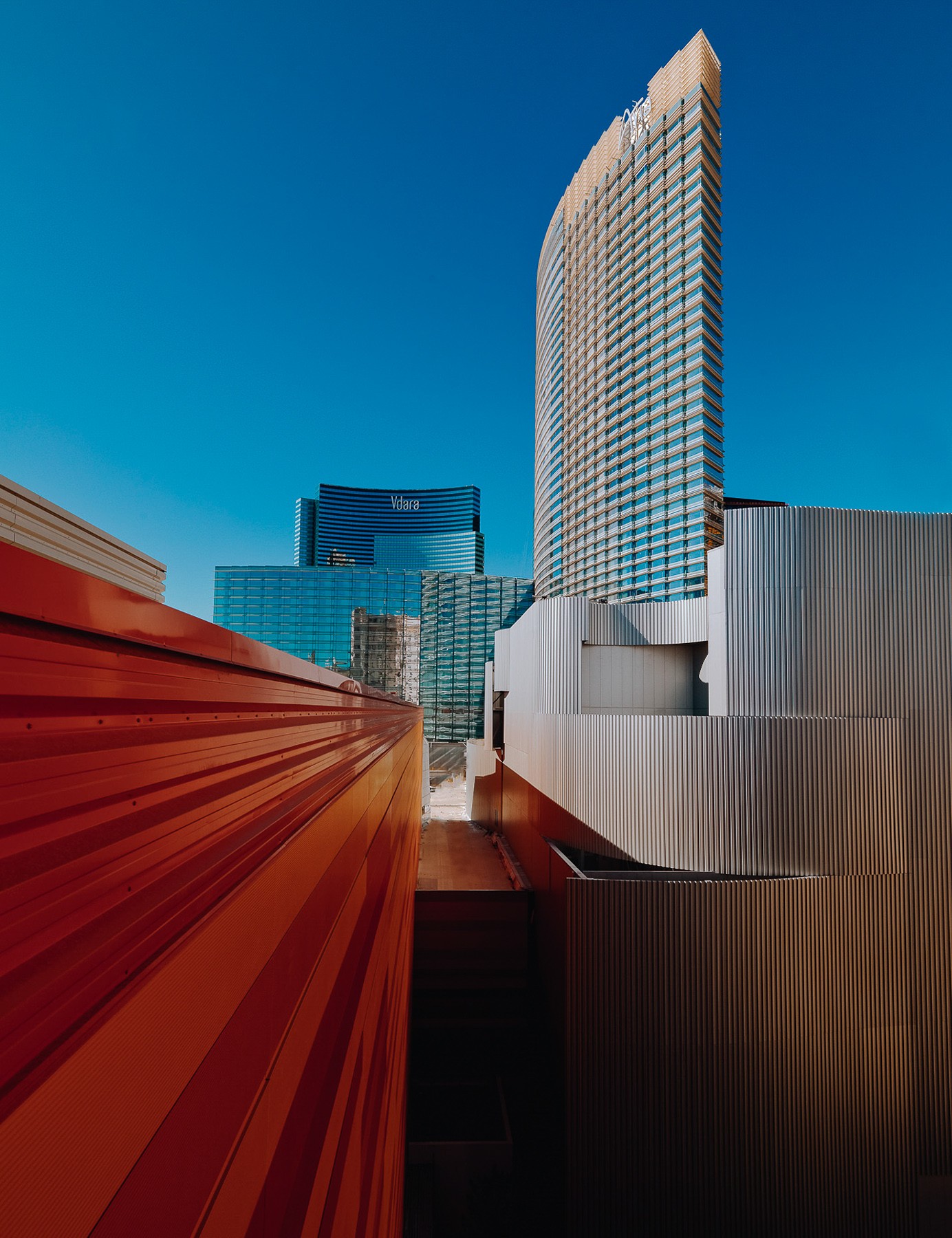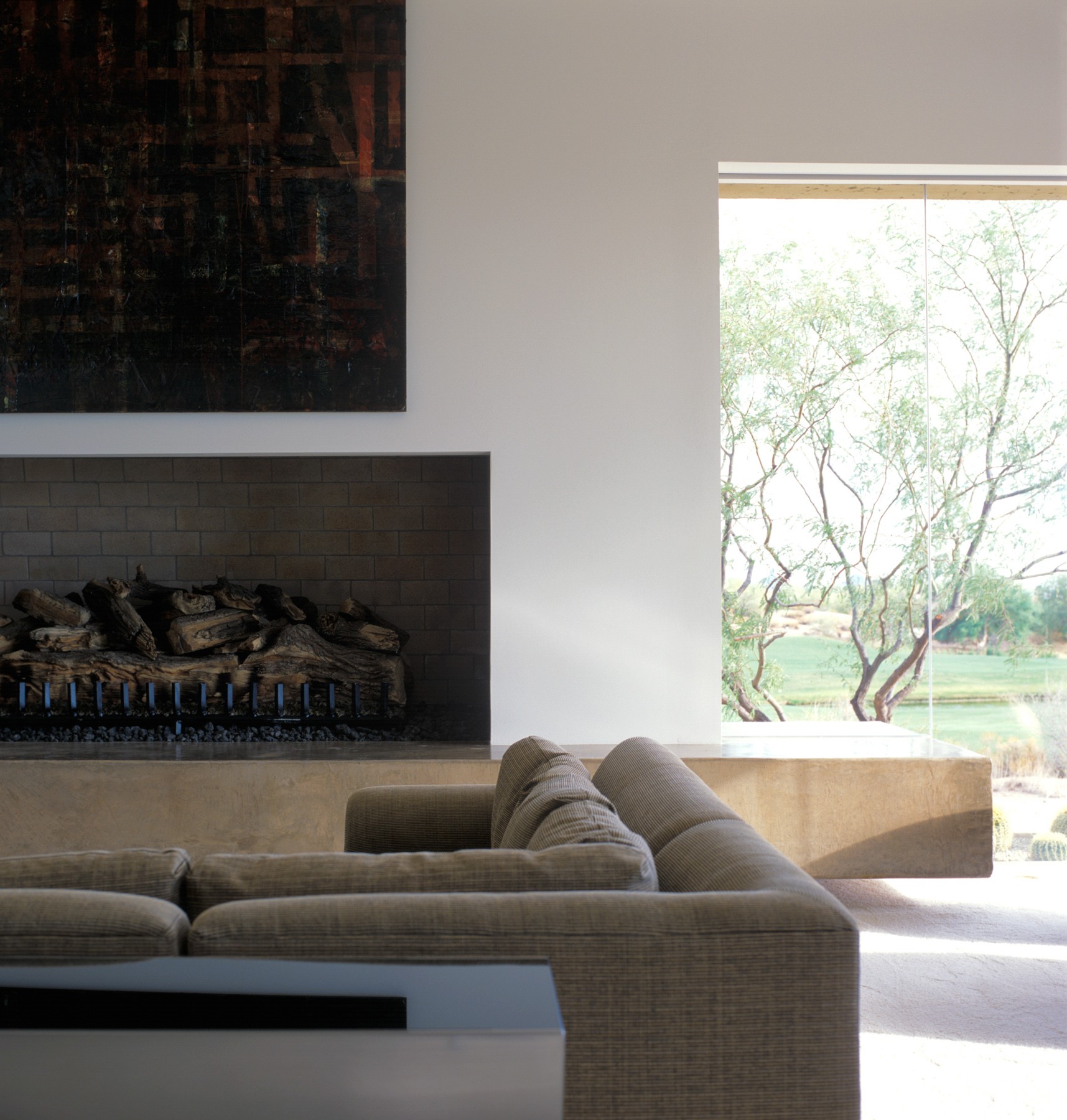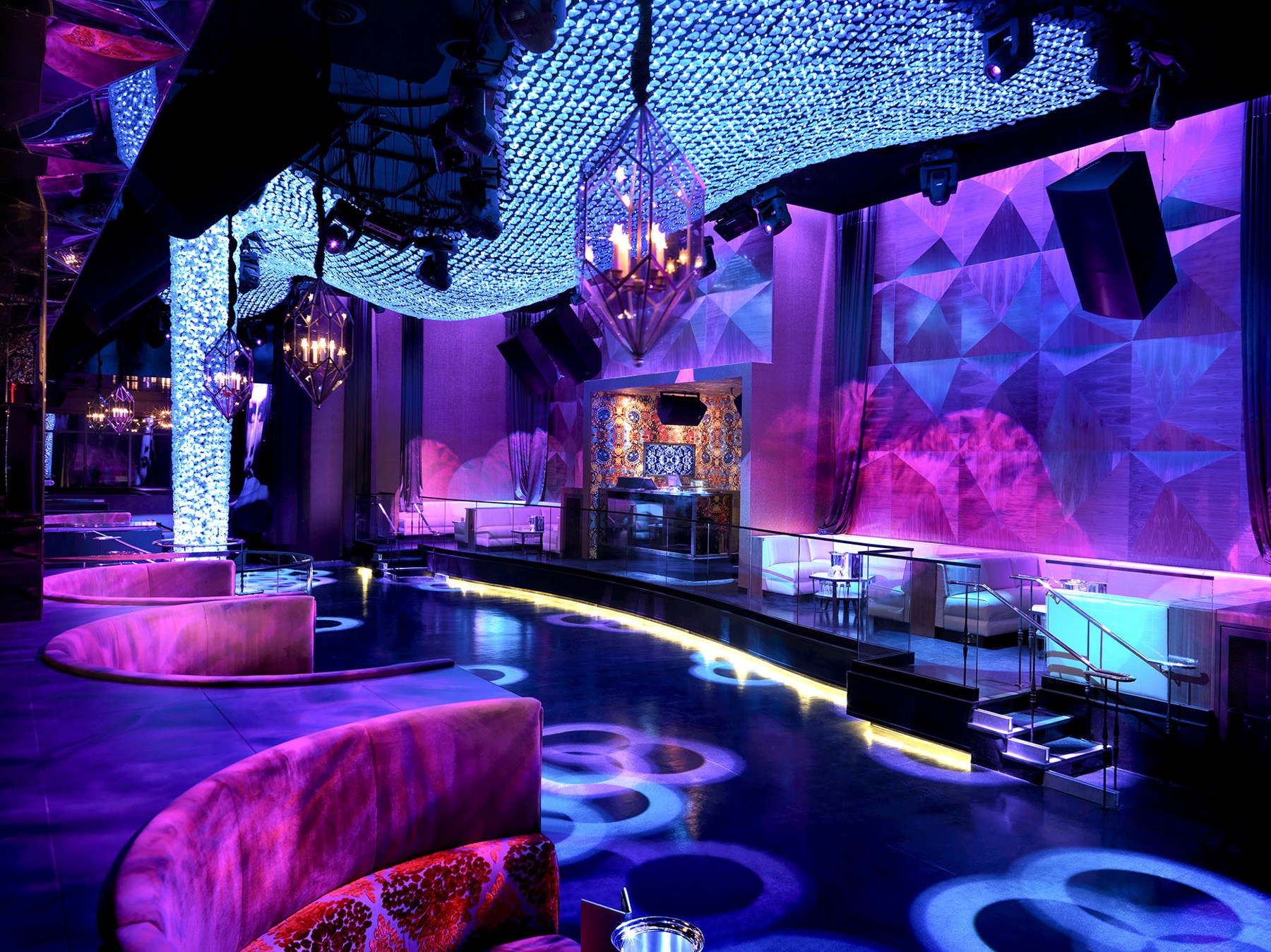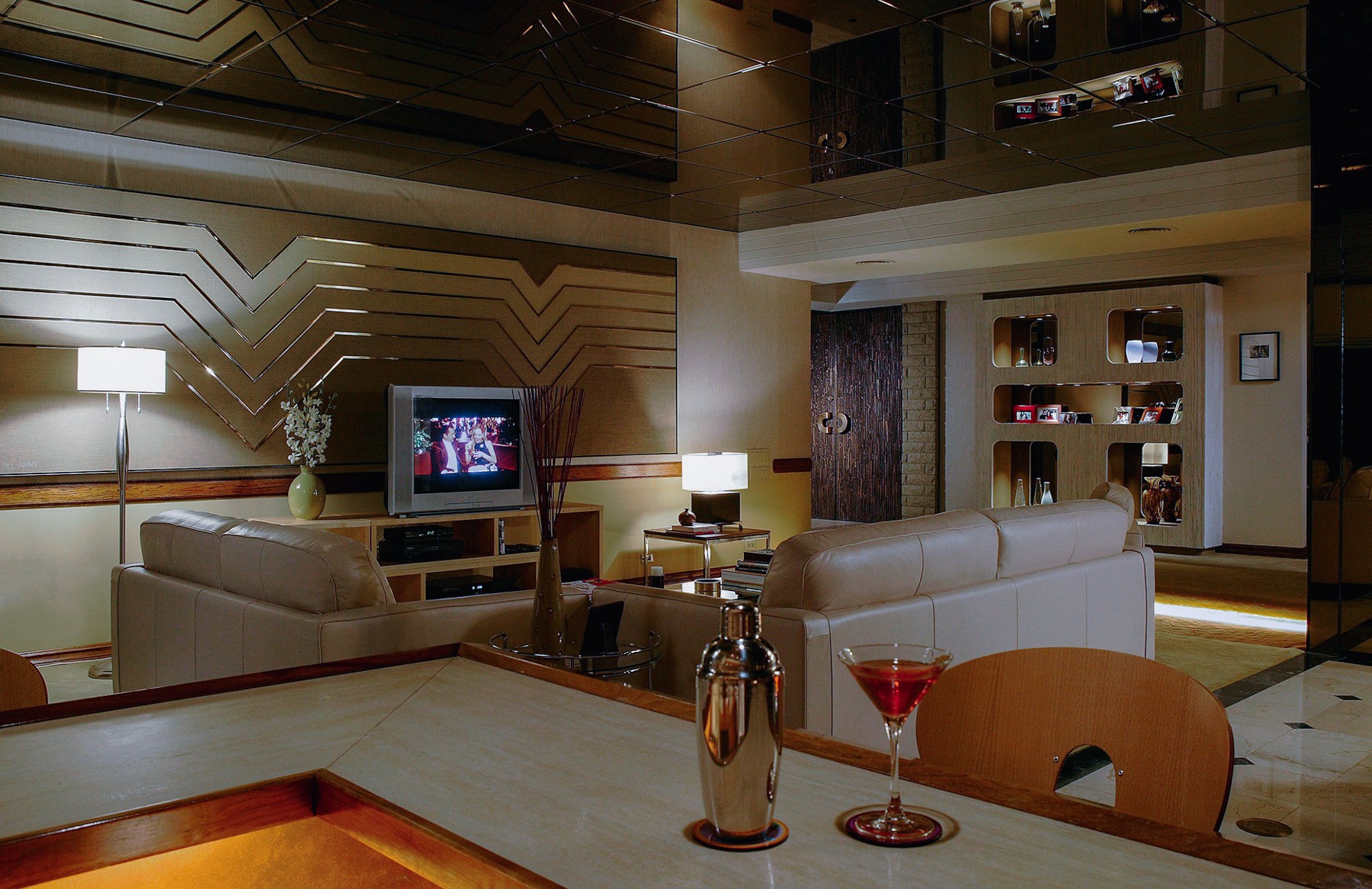Alright – so today we’ve got the honor of introducing you to Jeff Green. We think you’ll enjoy our conversation, we’ve shared it below.
Jeff, thanks for taking the time to share your stories with us today Have you been able to earn a full-time living from your creative work? If so, can you walk us through your journey and how you made it happen? Was it like that from day one? If not, what were some of the major steps and milestones and do you think you could have sped up the process somehow knowing what you know now?
I have been earning a full-time living from my creative work for close to 30 years.
There have been certain times when there was not enough work coming in and I had to rely on savings to pay the bills.
You have to get used to the way that the business works and roll with it.
It’s good to keep at least six months to a year worth of bills in creative industries.
Before I became a professional, I was working as a room service attendant at a Las Vegas hotel, not making much money.
My stepfather and my best friend gave me money to buy equipment and start my business. That was a big boost.
I approached some of the local architects and interior designers for work and an architect mentioned a new design resource magazine that was starting up in Las Vegas.
I contacted them and had a meeting and they gave me the job as their preferred recommended photographer.
When they would sell ads for the publication, they would then recommend me to do the photography for the client’s. This is how I got my foot in the door and started building a list of clients.

As always, we appreciate you sharing your insights and we’ve got a few more questions for you, but before we get to all of that can you take a minute to introduce yourself and give our readers some of your back background and context?
I’ve always been fascinated with lighting since I was young.
When I would go to concerts, or theatrical events with my mom and family in Los Angeles, I would be really interested in the light show of the concert and the stage and the way all of the equipment was set up and how the lighting could dramatically change the mood and add depth to the stage and the performers.
When I was in high school back in the 80’s in Las Vegas, I took a class called “Tech Theater”. I ran the lighting board and helped build the sets for the plays and the musical productions in the theater.
I think that is what initially drew me to photography.
I took a couple of classes at the community college and studied tons of photography books and architectural magazines.
One time while at the library, I saw images from an architectural photography competition up on the wall, and I became completely enamored with architectural photography.
I would go out and give myself assignments photographing public buildings,
some of them were located on college campuses.
Many of them were designed by famous architects.
There is no better teacher than experience. You will encounter many different scenarios on location and you have to learn to deal with many aspects that arise
I remember one morning after getting off work from the graveyard shift, still in my room service uniform, I was setting up a 4 x 5 camera at dawn in front of a major corporate building, shooting photos for my portfolio.
This is how I built my portfolio and then I started approaching local architects and designers. that soon branched into ad agencies, publications and resort work.
I studied many of the architectural photographers who were looked at as artists and their work was distinctive..
Photographers such as Julius Schulman, Ezra Stollar, The Hedrich Blessing Firm, Timothy Hursley, Jaime Ardiles-Arce and Bruce Wolf.
One day while shooting some images of a building for my portfolio back in 1995, I met another photographer who was there from Arkansas, who was shooting for the architectural firm that designed the building. I introduced myself and we started talking. He invited me to hang out with him while he photographed the project. His name was Timothy Hursley, who was one of the foremost architectural photographers in the country. That interaction really encouraged me to follow my dream of becoming professional photographer.
I did approach photography from the newer business model, which is often more of a corporate team of photographers. I view it as more of an individual artistic endeavor.
Even when the job is commercial in nature, I still try to put a distinctive stamp on it with my style, where applicable.
I’m proud of the fact that I was one of the first Las Vegas based photographers to start getting national clients and work.
I have done projects for many national and international clients, such as Adidas, General Electric, Progressive Insurance, Estée Lauder, Richemont, FedEx, Wynn Resorts and numerous others.
There was a time when I did many assignments outside of Las Vegas for large ad agencies, magazines, and architectural firms.
Even today the majority of my clients are from other cities and countries that need a photographer in Las Vegas, or a nearby city for a project.
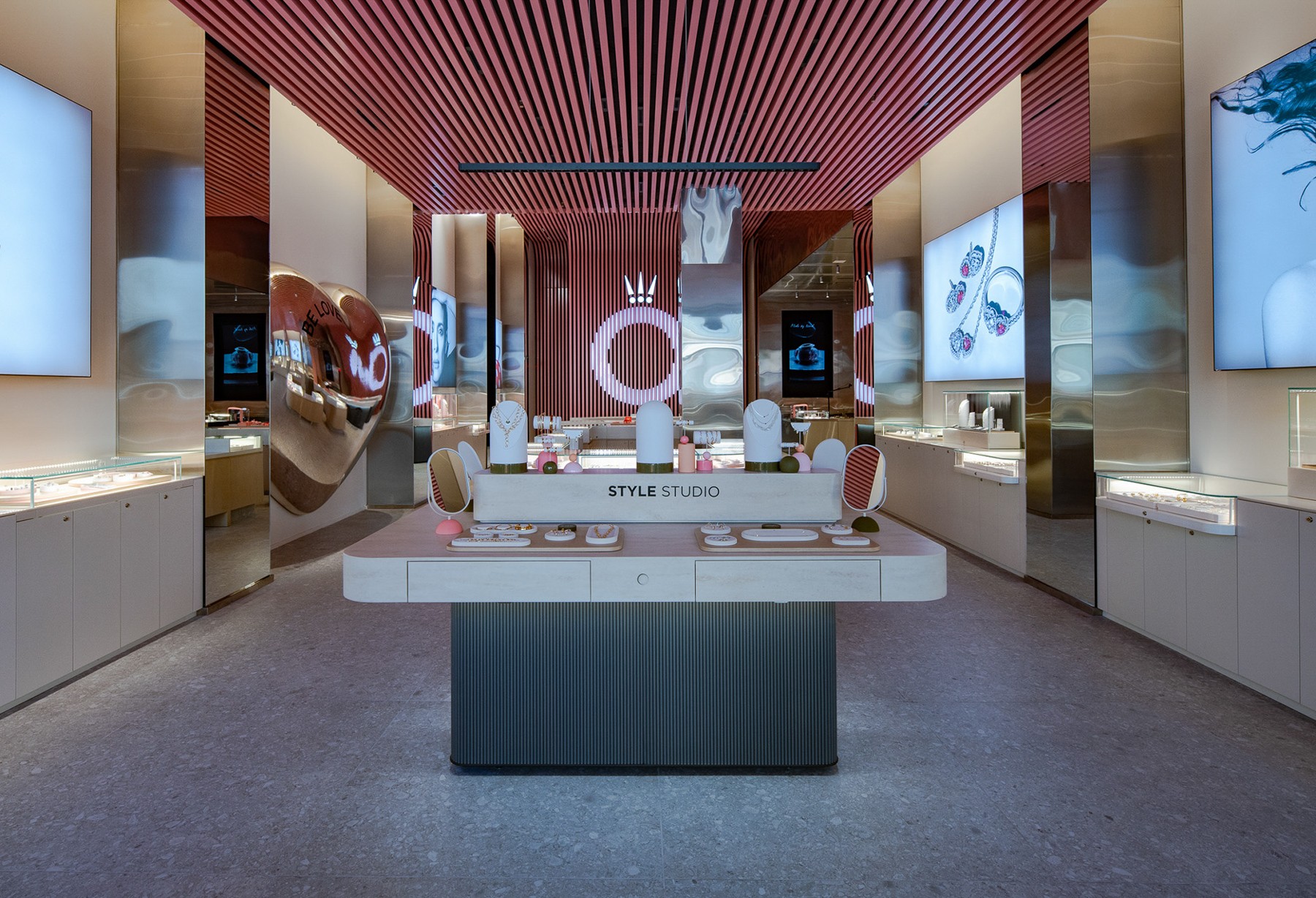
Let’s talk about resilience next – do you have a story you can share with us?
There were a couple of times throughout my career where things were really bad once was during the economic meltdown in 2008, which lasted a few years.
My income went down substantially from the the previous year. it was an extremely challenging and stressful time.
I honestly didn’t know if my business would survive that period, but I did and I’m still working today.
Even during tough times, you have to stay focused and inspired and never give up.
Always keep shooting and adding more quality images to your portfolio.
Stay in touch with clients, market your business and keep your website updated with fresh imagery and also keep growing as a creative artist.
Get inspired by new subject matter and go out and give yourself an assignment.
Keep testing yourself and also try to have fun in the process.

In your view, what can society to do to best support artists, creatives and a thriving creative ecosystem?
It’s important for society to understand that creative people have talent and there’s a value to that talent.
It should not be exploited or taken advantage of.
Every creative person approaches a project with a certain attitude, game plan and unique set of skills. That has important value in our society.
It gets people interested in things and experiences, and it also sells products.
Creative work is important and it comes in many forms. The artist should be compensated fairly and retain ownership to their work.
Contact Info:
- Website: https://Jeffgreenphoto.com
- Instagram: https://instagram.com/jeffgreenphoto
